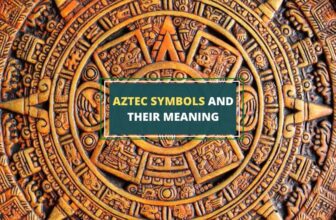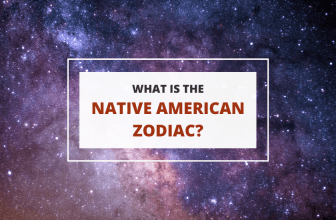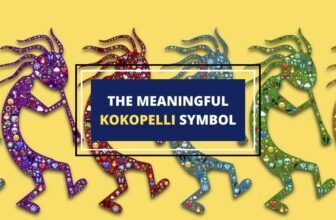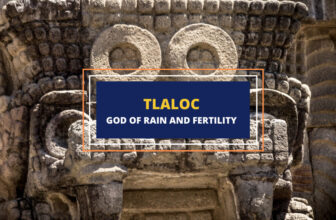
Table of Contents
Acatl was the first day of the 13th trecena (13-day period) in the Aztec calendar, represented by the glyph of a reed. Ruled by Tezcatlipoca, the god of ancestral memory and the night sky, the day Acatl was a good day for justice and authority. It was considered a bad day to take action against others.
What is Acatl?
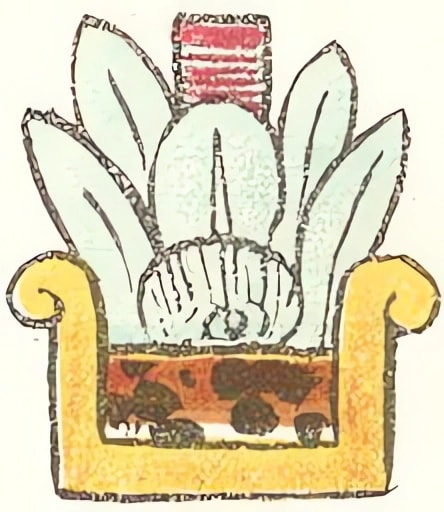
Acatl, meaning reed), is the 13th day sign in the 260-day tonalpohualli, the sacred Aztec calendar. Also known as Ben in Maya, this day was believed to be an auspicious day when the arrows of fate would fall like lightning bolts from the sky. It was a good day for seeking justice and a bad day to act against one’s enemies.
The Governing Deities of Acatl
According to various sources, the day Acatl is governed by Tezcatlipoca, the god of night, and Tlazolteotl, the goddess of vice. However, some ancient sources state that it was also governed by Itztlacoliuhqui, the god of frost.
1. Tezcatlipoca
Tezcatlipoca, (also known as Uactli), was the Aztec god of darkness, night, and providence. Known by many names, he was one of the four primordial gods who created the world from the body of the monster Cipactli. In the process, he lost his foot which he used as bait for the beast. He was a central deity associated with many concepts including night winds, the north, obsidian, hurricanes, jaguars, sorcery, conflict and war.
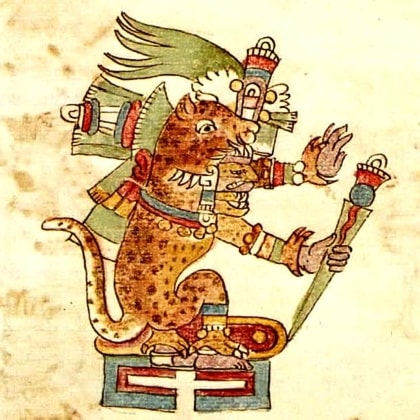
Tezcatlipoca is typically depicted as a black deity with a yellow stripe painted on his face and a snake or obsidian mirror in place of his right foot. He often wore a disc on his chest as a pectoral carved out of an abalone shell.
2. Tlazolteotl
Tlazolteotl, also known as Tlaelquani, Ixcuina, or Tlazolmiquiztli, was the Mesoamerican goddess of vice, purification, lust, and filth. She was also the patroness of those who committed adultery. It’s believed that Tlaelquani was originally a Huaxtec goddess from the Gulf Coast who later transferred to the Aztec pantheon.
The goddess Tlazolteotl was often portrayed with the area around her mouth blackened, riding a broom or wearing a conical hat. She was known to be one of the most complex and endearing deities of the Mesoamericans.
3. Itztlacoliuhqui
Itztlacoliuhqui was the Mesoamerican god of frost and matter in its lifeless state. The formation of Itztlacoliuhqui is explained in the Aztec myth of creation, which tells of Tonatiuh, the sun god, who demanded sacrifices from the other deities before setting himself in motion. The god of dawn, Tlahuizcalpantecuhtli, was enraged at Tonatiuh’s arrogance and he shot an arrow at the sun.
The arrow missed the sun and Tonatiuh attacked Tlahuizcalpantecuhtli, piercing him through the head. At this moment, the god of dawn was transformed into Itztlacoliuhqui, the deity of coldness and obsidian stone.
Itztlacoliuhqui is often depicted holding a straw broom in his hand, to symbolize his function as a deity of wintry death. He is regarded as the one who cleans the way for the emergence of new life.
Acatl in the Aztec Zodiac
The Aztecs believed that every individual on earth is protected by a deity from birth, and that one’s day of birth could determine the individual’s character, future, and talents.
People born on day Acatl were known to have jovial and optimistic characters as well as a zest for life. Since the reed was regarded as a sign of paradise on Earth, symbolizing optimism, gaiety, and life’s simple pleasures, anyone born under this sign had a love for life and was destined to have a successful future.




